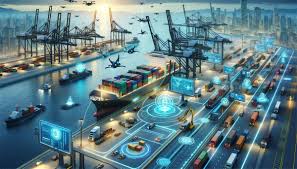
Electricity and communication compliment each other and are necessary for progress and connectivity in today’s society. This interconnectedness, which affects everything from daily interactions to global networks, is crucial to the way that modern civilization runs. This essay will look at the development of communication technologies, how electricity underpins them, and where their dynamic interaction might go in the future.
The Foundation of Communication Is Energy
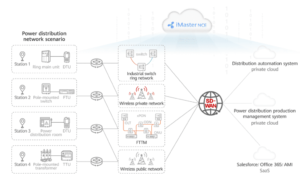
The Use of Electricity in Communication Technologie
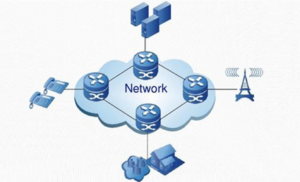
Electricity serves as the basis for nearly all modern communication systems. From the telegraph to the internet, the primary means of sending data over great distances has been electrical signals. A closer look at the crucial role that electricity plays in various communication systems is provided below:
Telegraphy:

Invented by Samuel Morse at the start of the 19th century, the telegraph was the first instrument to harness electricity for long-distance communication. Electrical pulses were used in the telegraph to transmit messages in Morse code along a wire. This innovation significantly altered communication by reducing the time required to send signals across large distances.
Telephone:
Alexander Graham Bell’s invention of the telephone in 1876 advanced the use of electricity in communication. The telephone converts sound into electrical signals by means of cables. The electrical signals are subsequently converted back into sound at the receiving end. This technology changed interpersonal and professional relationships by enabling real-time phone communication over long distances.
Radio:
Guglielmo Marconi and others contributed to the development of radio communication, a wireless information-transmission method utilizing electrical impulses. Electrical circuits are used to transmit and receive radio waves, also known as electromagnetic radiation. Radio transmission made it possible to broadcast information, entertainment, and news to a wide audience.
Television:
Televisions use electrical impulses that carry both visual and aural content to convey information. The early television systems, such those built by John Logie Baird and Philo Farnsworth, used electricity to encode and decode images and sounds. Modern digital television builds upon this foundation by utilizing state-of-the-art technologies to provide material more efficiently and with higher clarity.
Computers and the Internet:

These heavily electricity-dependent technologies emerged with the start of the digital era. Computers process and store electrical impulses, which are also utilized by the internet to send data over global networks. This has revolutionized communication by making instant messaging, video conferencing, and simple access to a multitude of information feasible.
The Impact of Electricity on Communication Speed and Efficiency
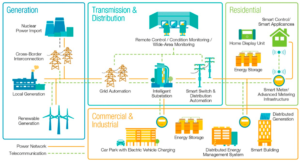
The effectiveness and speed of communication are significantly impacted by electricity. Before electrical communication methods were invented, sending a message over long distances could take days, weeks, or even months. Using the telegraph, this only took a few minutes, and using the phone for voice communication, it only took a few seconds.
The expansion of the internet has further accelerated communication by enabling real-time contact and the flow of information at never-before-seen speeds. Social media, email, and instant messaging have revolutionized the way people exchange information and communicate, opening up new avenues for personal and professional global connections.
Communication Technologies’ Historical Evolution
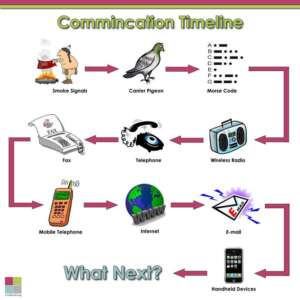
The Early Years: The Telegraph and Smoke Signals

From simple means like smoke signals and carrier pigeons to complex electrical systems, communication has changed over time. An important turning point in this evolution was the invention of the telegraph, which used electricity to provide more dependable and quick communication. The use of electrical signals was further developed after the telegraph by devices like the telephone and radio.
The Development of Electronic Mail

With the advancement of computers and the internet, digital communication began to flourish in the middle of the 20th century. Binary code, which is a system of ones and zeros that is transferred as electrical impulses, is the foundation of digital technologies. Because of this paradigm change, data processing and transmission became more efficient, which paved the way for the creation of online forums, social media platforms, and email.
The Revolution of the Internet

Through the creation of a global network of connected computers, the internet completely changed communication. Electricity enables this network, which facilitates the quick interchange of information and the creation of several internet services. The World Wide Web, created by Tim Berners-Lee, offered an easy-to-use interface for obtaining online information and services, which contributed to the expansion of digital communication.
Communication Technologies’ Future
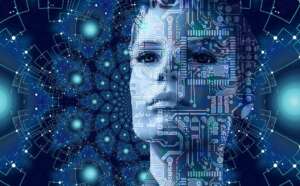
Electrical engineering advancements
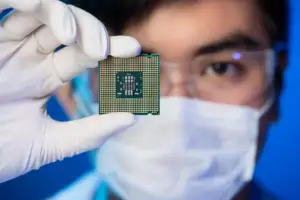
Communication technology innovations will continue to be fueled by future developments in electrical engineering. For instance, the creation of 5G and 6G networks is expected to improve connectivity and communication rates. These networks are dependent on sophisticated electrical parts and technology, like huge MIMO (multiple input, multiple output) systems and millimeter-wave frequencies.
The Quantum Dialogue
A new field called quantum communication uses the ideas of quantum physics to improve communication security and effectiveness. Using quantum bits (qubits), quantum key distribution (QKD) creates secure communication channels that are supposedly impenetrable to eavesdroppers. This technology has the power to completely transform data security and secure communication.
Both machine learning and artificial intelligence
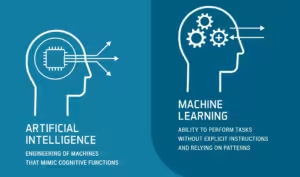
By enabling more intelligent and adaptive systems, artificial intelligence (AI) and machine learning are revolutionizing communication technologies. Large-scale data analysis and interpretation is possible using AI algorithms, which enhances functions like voice recognition, language translation, and tailored suggestions. These developments will improve user experience and communication effectiveness even more.
Obstacles and Things to Think About
Although communication technologies have a bright future, there are some issues to take into account. Concerns like cybersecurity, data privacy, and the digital gap must be addressed to make sure that technological improvements help all users and do not make inequality already present worse. In order to support sustainable development, it is also necessary to regulate the environmental effects of communication technologies, such as energy usage and electronic trash.
In summary:
Communication and electricity are closely related, with each fostering innovation and advancement in the other. Electricity has been the foundation of communication technology since the invention of the telegraph, allowing for the faster, more reliable, and more efficient flow of information. This includes the modern internet. Future developments in artificial intelligence, quantum communication, and electrical engineering hold the potential to drastically alter communication. But in order to make sure that new technologies are beneficial to society as a whole, it will be imperative to solve issues with sustainability, security, and privacy.
Our world will continue to change as a result of the symbiotic interaction between energy and communication, which links people, ideas, and opportunities globally. Electricity’s basic function in communication will not change as technology advances, spurring innovation and improving our social and information-sharing capacities.


